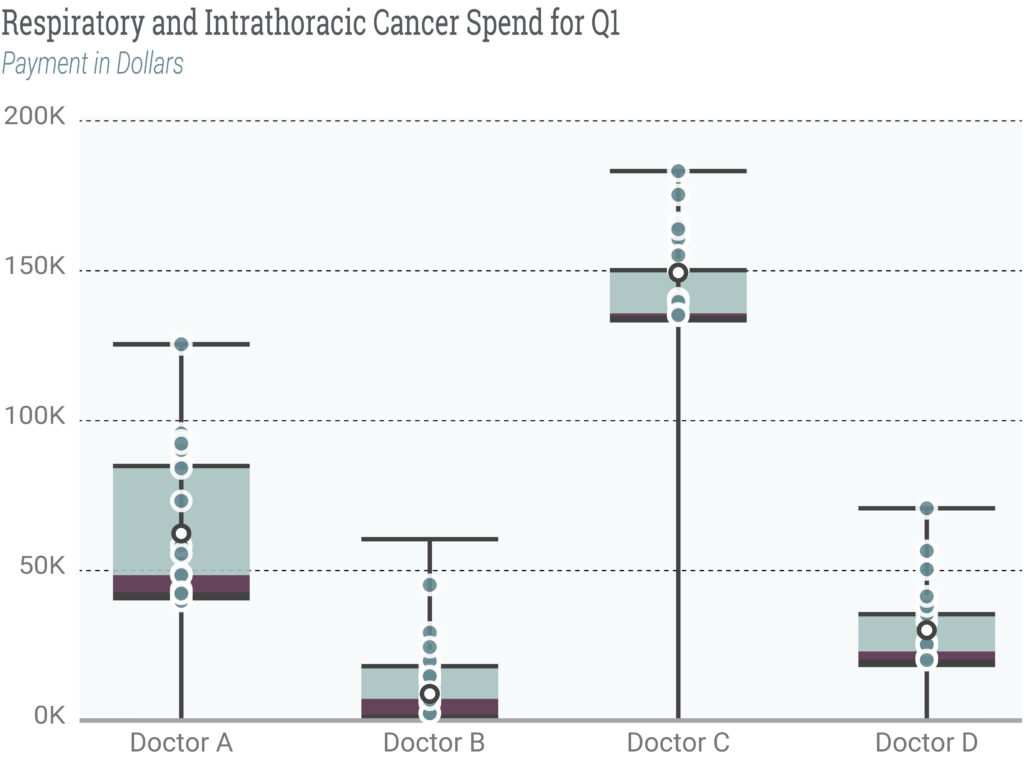Spring 2022
Specialty providers are navigating a shifting landscape as the traditional Fee for Service (FFS) model moves toward a value-based reimbursement model.
Value-based care models lead the movement of health care delivery as it transitions from FFS arrangements to other payment models. Notably, this has been a major element of the 2021-2022 strategic goals for Centers for Medicare & Medicaid Services (CMS). CMS has reiterated their commitment to accountable care by introducing the ACO REACH Model, the successor to the Direct Contracting Model. This model aims to move all beneficiaries to value-based care arrangements by 2030.1 Oncology care is the most expensive specialty medical field in the U.S. As such, it will inevitably see a major push toward a value-based environment in the future with CMS’ focus on moving in this direction.
Transitioning to value-based arrangements requires oncologists to pivot their focus from volume to quality of care. This is aided by advanced reporting and analytics that help oncologists benchmark against quality, outcome and cost (see Spotlight).
Specialty providers who understand how to work in these models are attractive to payers that are seeking successful value-based partners and can benefit financially in cost-savings. Moreover, value oriented treatment can have demonstrably improved outcomes. In addition, they can result in better overall health of patient populations, lower ongoing costs, fewer ER visits and reduced disease progression.2 Physician outreach can help providers avoid expensive, unnecessary, ongoing care and balance personalized care with targeted treatment, so quality should not decrease. When the parameters of quality, efficiency, and cost are reconciled, it results in efficient and effective treatment (see sidebar).
1 https://innovation.cms.gov/strategic-direction-whitepaper, p.10.
Reducing Cost While Upholding Quality Care
Effective value-based care considers both quality and delivery efficiency as measured against cost (see Figure 1). This results in a model that avoids overtreatment in favor of appropriate treatment. Sequencing the delivery of care will have an impact on the value of care by reducing inefficiencies in care administration. The ultimate focus is not merely on cost savings but providing care that is efficient and effective.

Figure 1: Conceptual equation for calculating value-based healthcare
Source: Reporting framework for value based care, The Milliman Healthcare Analytics Blog, Tina Zhou, September 20, 2021
Spotlight: Benchmark Analytics

Data analytics are a critical tool for understanding how the costs and quality of provisioned oncology care compares to peers. In the example chart below, Doctor C is using very expensive regimens and Doctor B may have an issue with underutilization.
For further information, please contact:
Adam Goldston (email)
Chief Growth Officer
OPN Healthcare